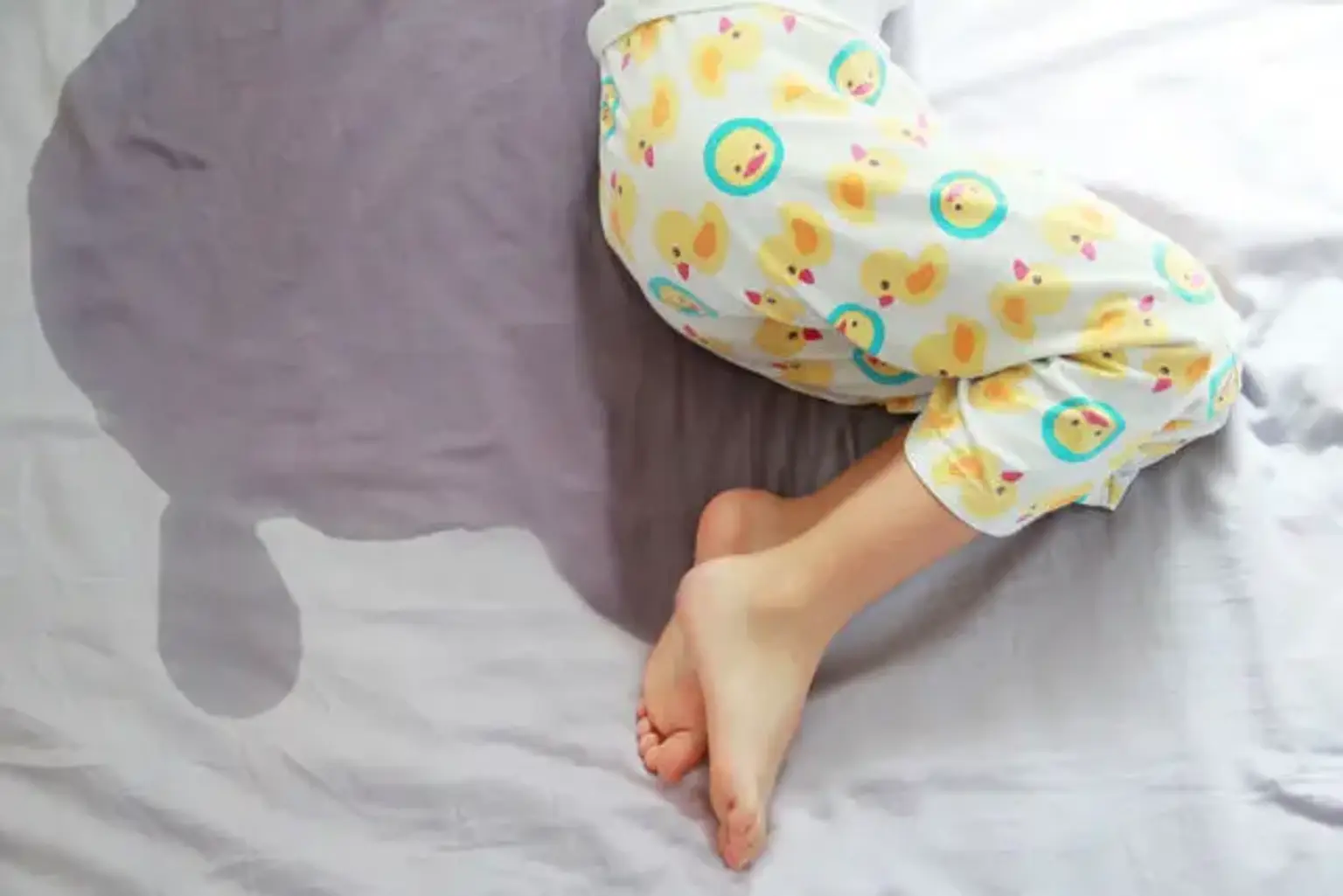Nocturnal enuresis
Overview
Enuresis is the most prevalent urologic complaint in pediatric patients, and it is defined as the involuntary leakage of urine during sleep that happens at least twice a week in children older than 5 years of age (or the developmental equivalent) for at least 3 months.
Primary enuresis occurs when a kid has not remained dry for at least 6 months, whereas secondary enuresis develops after a period of nocturnal dryness of at least 6 months.
Enuresis can also be classified as monosymptomatic or non-monosymptomatic, with the latter being associated with daytime incontinence or other lower urinary tract symptoms such as urgency. Enuretic episodes are also termed common if they occur four or more times each week.
